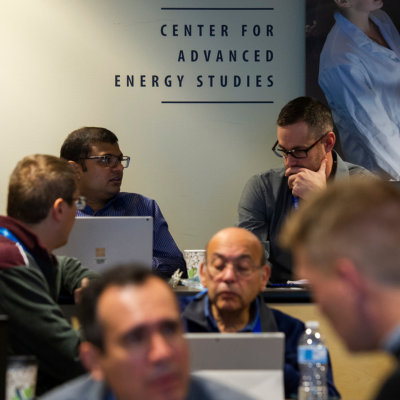Researchers from INL, Boise State University and University of Idaho who are working on a project studying the long-term performance and safety of lithium-ion batteries had their work published recently in the journal Small. The project, which is funded by INL’s Laboratory Directed Research and Development program, focuses on the least understood areas of the batteries ,the solid electrolyte interphase (SEI), which is the region at the interface between the battery electrodes and the electrolyte and enables the transport of charge. The research team includes Boise State professors Claire Xiong and Lan Li, who are both CAES Fellows, University of Idaho’s I. Frank Cheng and INL’s Eric Dufek. The work utilized non-destructive electrochemical-atomic force microscopy to systematically monitor and compare the dynamic SEI formation and evolution on a pair of representative graphitic materials with and without defects. The outcome is a comprehensive understanding of the formation and evolution of SEI on graphitic electrodes.
Through this collaboration, we discovered that defects in the graphite structure induce the formation of a thinner, denser, and more uniform SEI, which leads to improved battery performance, said Xiong, the principal investigator. We now have a new design strategy to overcome the Achilles’s heel of lithium-ion batteries ‘ limited charge cycling capacity.
The article is available here.






